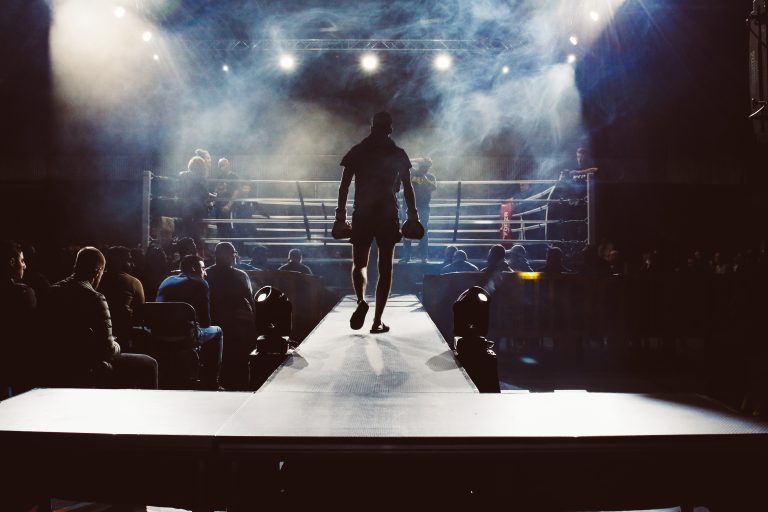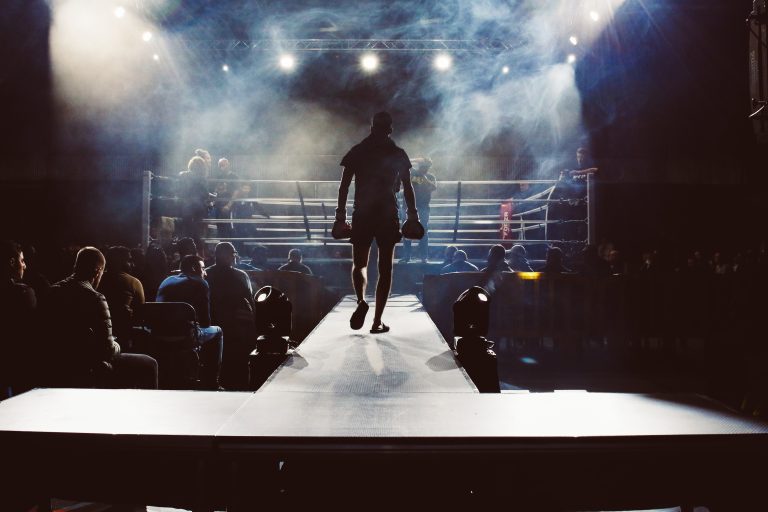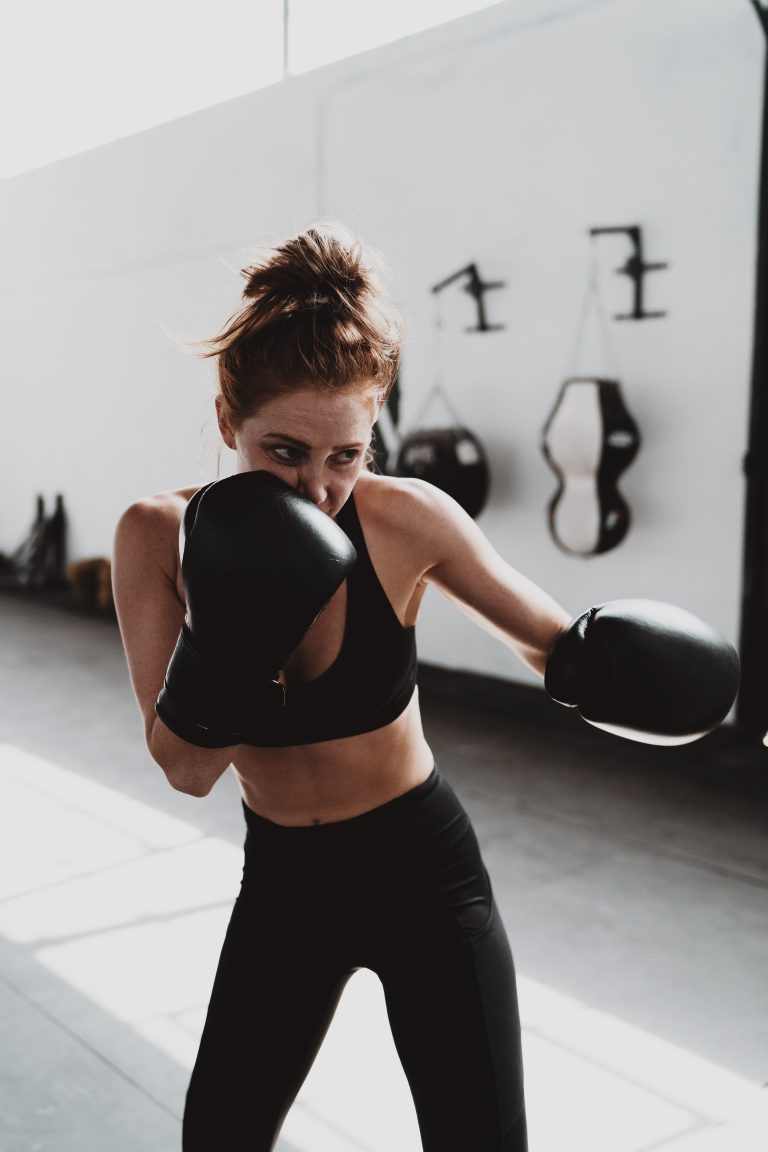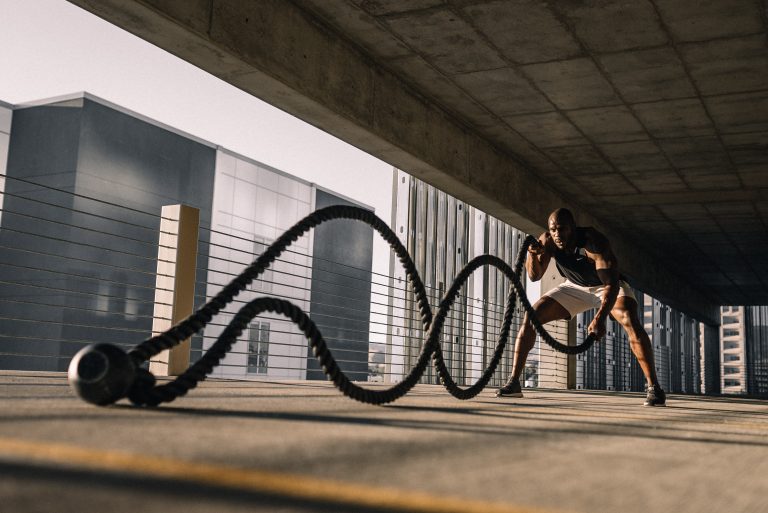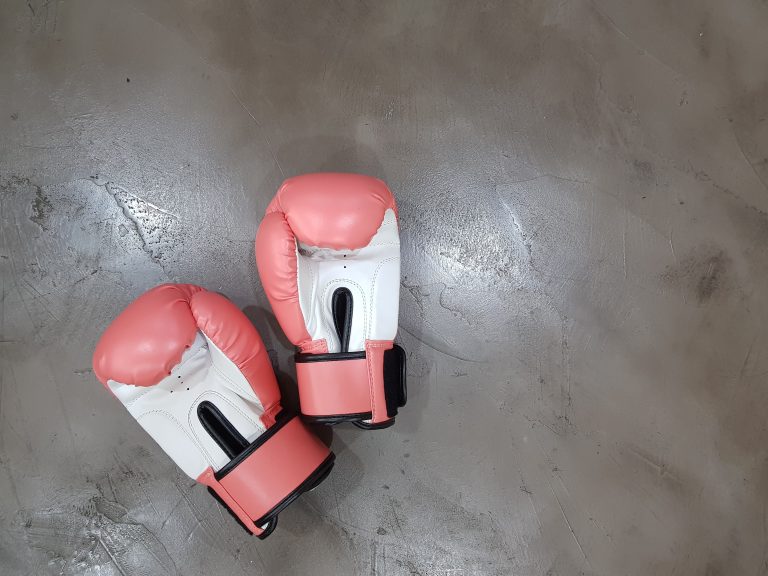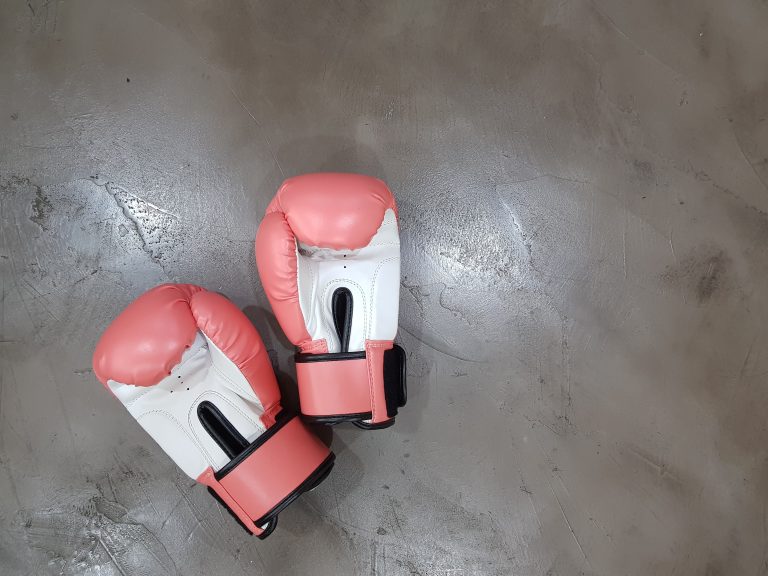How Do You Say Hello in Karate?
Karate is a martial art that originated in Okinawa, Japan, in the early 1900s. One of the fundamentals of Japanese culture is the importance of manners and etiquette. Thus, learning how to say hello in Karate the proper way is not only respectful but also is an essential part of the martial art’s traditions. In this blog post, we will explore how to say hello in Karate and the significance of this greeting in the art form.
The Basics of Karate Greetings
In Karate, saying hello is an essential part of the training and is known as the reishiki (礼式), which translates to „etiquette.“ This is because, in addition to being a martial art, Karate is also a discipline that instills values such as respect, humility, and self-control in its practitioners.
The Karate greeting involves bowing to show respect to the person you are greeting. Bowing is a sign of deference in Japanese culture and serves as a way of showing gratitude and respect. Karate bows have a distinct form that comes with three different levels, which we will discuss in detail below.
How to Say Hello in Karate
There is no specific word for „hello“ in Karate. Instead, greeting in Karate involves bowing your head, bending your knees slightly, and placing your arms at your sides. This gesture is known as a „rei“ in Japanese, which means „bow“ in English.
The bow is performed in three distinct steps, as follows:
Ritsu Rei
The first step is known as Ritsu Rei. This bow is performed while standing upright with your feet shoulder-width apart. In Ritsu Rei, you first bow your head slightly and place your hands in front of you, with your palms facing down. Then, you bring your hands to your sides, with your fists closed.
Za Rei
The second step is known as Za Rei. This bow is performed while kneeling on the ground, with your hands placed on your thighs. In Za Rei, you first bow your head slightly and bring your hands to the ground, with your palms facing down. Then, you slide your hands forward, while keeping your arms straight, until they are shoulder-width apart. Finally, you lower your forehead to the ground.
Sai Rei
The third step is known as Sai Rei. This bow is performed while kneeling on the ground, with your hands placed on your thighs. In Sai Rei, you first bow your head slightly and bring your hands to your chest, with your palms facing each other. Then, you lower your head so that your forehead touches the ground, while keeping your hands in place.
The Significance of the Karate Greeting
The Karate greeting is an integral part of the martial art’s culture and values. Bowing is a way of showing respect and appreciation for your training partners, instructors, and the art form itself. It is an outward manifestation of inner values such as gratitude, humility, and respect.
Additionally, the Karate greeting serves as a reminder that Karate is not just about physical techniques, but also about cultivating inner virtues such as self-control, discipline, and respect for others. It serves as a reminder to approach our training and interactions with others with a sense of humility and gratitude.
How do You Say Hello in Karate?
Introduction
If you are interested in learning about karate, you may have heard about different greetings involved. You may be wondering about the best way to greet your fellow martial artists, especially when it comes to saying „hello“. In this article, we aim to answer the most frequently asked question, which is: „how do you say hello in karate?“.
What is Karate?
Karate is a Japanese martial art that originated on the island of Okinawa. It focuses on developing physical strength, agility, and mental discipline. It also emphasizes the development of character, respect, and humility. Karate is practiced for self-defense, fitness, as well as for sport.
How Do You Say Hello in Karate?
In karate, the most common way of greeting someone is by saying „Ossu“ or „Osu“. This term is used not only to say hello but also to show respect, acknowledge an instruction, or express determination. It can be translated to mean „yes, sir“ or „yes, ma’am“.
What Does Ossu Mean?
The term „Ossu“ or „Osu“ does not have a direct translation in English. It is a word that has been adopted from the military, and it has deep roots in Japanese culture. When used in karate, it serves several purposes, including:
– Acknowledging an instruction or request from a sensei or a senior student
– Showing respect to someone who is seen as having higher rank or authority
– Expressing a determination to persevere despite challenges
– Greeting someone in a friendly way
It is essential to note that „Ossu“ is not a casual greeting, and it is not appropriate to use it in an informal setting. It is reserved for use within the dojo or a formal martial arts setting.
When Should You Use Ossu?
As mentioned earlier, „Ossu“ is a versatile term that can be used in many different situations. Here are some examples of when to use „Ossu“ in karate:
– Greeting a sensei or a senior student: When you enter the dojo or meet someone who outranks you in martial arts, it is appropriate to say „Ossu“ as a sign of respect.
– Acknowledging an instruction: If a sensei or a senior student gives you an instruction, it is advisable to say „Ossu“ to show that you have understood and accepted the instruction.
– Showing determination: Whenever you face a difficult task or encounter a challenging opponent, you can say „Ossu“ to show your determination to persevere.
– Responding to a greeting: If someone greets you with „Ossu“, it is appropriate to respond with the same word.
What Are Some Other Greetings in Karate?
While „Ossu“ is the most common greeting in karate, there are other Japanese words that you may come across in a martial arts setting. Here are some of them and their meanings:
– „Arigato Gozaimasu“: This phrase means „Thank you very much“. It is a polite way of expressing gratitude and is commonly used when thanking a sensei or a training partner.
– „Onegaishimasu“: This phrase is used to request something politely. In karate, it is often used when requesting to train with a partner or requesting an instruction from a sensei.
– „Domo Arigato“: This phrase means „Thank you“. It is a more casual way of expressing gratitude and can be used in any setting.
How Do You Say Hello in Karate?
If you want to learn Karate, it is important to understand the basic Japanese vocabulary that is often used in Karate classes. One such important word is „hello“. In Karate, „hello“ is typically used as a respectful greeting before and after a class or when you meet someone who is more experienced than you. In Japanese, „hello“ is pronounced as „konnichiwa“ (こんにちは). In this post, we’ll take a closer look at how to say „hello“ in Karate.
The Meaning of „Konnichiwa“
First, let’s understand the meaning of „konnichiwa“. „Konnichiwa“ is derived from two Japanese words, „konnichi“ and „wa“. Konnichi is the shortened form of „kyou no ichi nichi“ which means „today“. Wa is a particle in Japanese that is added to the end of a sentence to indicate a topic. When combined, „konnichiwa“ means „today is“ or „this day is“.
Using „Konnichiwa“ in Karate
In Karate, „konnichiwa“ is often used as a respectful greeting to your sensei (instructor) and fellow Karate students before and after a class. It is an important part of Karate etiquette and shows respect and gratitude towards your sensei and fellow students.
When you enter the dojo (Karate training hall) for the first time, it is important to bow towards the kamiza (a small shrine usually located on the wall). After that, you should bow towards your sensei, and say „konnichiwa sensei“ (good afternoon, teacher) or „konnichiwa sempai“ (good afternoon, senior student). Sempai is a Japanese term that is used to refer to a senior student in Karate, and is important to show respect to those with more experience than you.
During the class, your sensei may call for a break or end the class, and it is important to say „konnichiwa“ before and after the break or class.
Other Greetings Used in Karate
In addition to „konnichiwa“, there are other greetings that are commonly used in Karate. One such example is „osu“. „Osu“ is a Japanese expression that is used in a variety of contexts, such as a way to acknowledge a message or to show determination. In the Karate culture, „osu“ is used as a way to show respect, humility and determination. It is commonly used as a reply to a senior student or instructor.
Another greeting that is commonly used in Karate is „arigatou gozaimashita“. This expression is a polite way of saying „thank you very much“ and is often used at the end of the class to show appreciation to your sensei and fellow students.
Conclusion
In conclusion, „hello“ in Karate is pronounced as „konnichiwa“ and is an important part of Karate etiquette. It is used as a respectful greeting towards your sensei and fellow students before and after a class. Remember to show respect and humility by using appropriate Japanese vocabulary in the dojo. By doing so, you can enhance your training experience and develop a deeper appreciation for the Japanese culture that is deeply embedded in Karate.
Inhaltsverzeichnis

